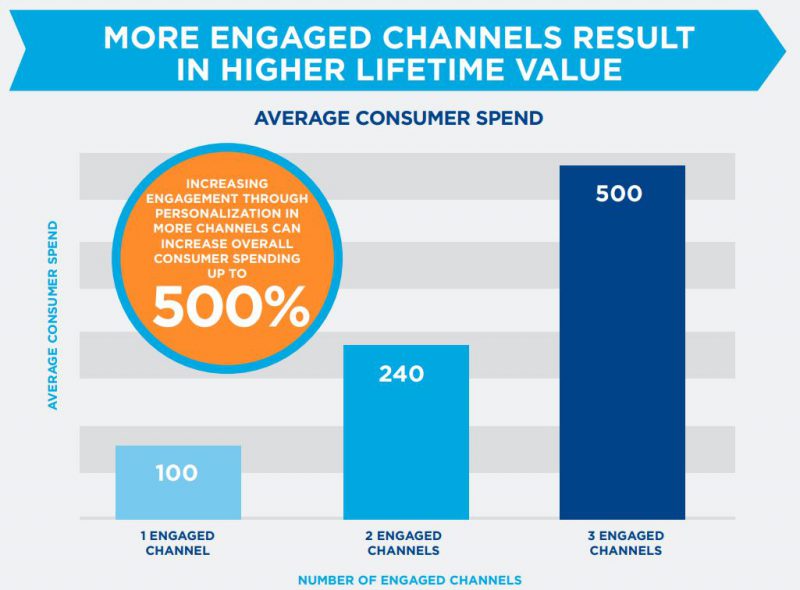There is value in the consumers’ perception of a brand’s image, whether true or false. Thus, it’s every company’s task to maximize positive user experiences and minimize customer pain points online in today’s digitized world. One of the solutions to this challenge is content marketing.
According to the Content Marketing Institute, content marketing is defined as “a strategic marketing approach focused on creating and distributing valuable, relevant, and consistent content to attract and retain a clearly-defined audience — and, ultimately, to drive profitable customer action.” With this approach, brands provide genuinely relevant and useful content to prospects and customers to help them solve their issues rather than directly pitching products or services.
Within content marketing’s definition, the word “valuable” must be emphasized. This quality is what sets content marketing apart from other forms of advertising. Content can be identified as part of a content marketing campaign if people seek it out and want to consume it instead of avoiding it.

Source: https://www.oberlo.com/blog/content-marketing-statistics
Content marketing has increasingly become a fundamental part of brands’ digital marketing strategies. A 2020 survey from Hubspot indicates that at least 70% of businesses invest time and money in content marketing. The popularity of content marketing has surged in recent years – in 2020, Zazzle Media revealed that companies allocated as much as 41% of their marketing budget on content.
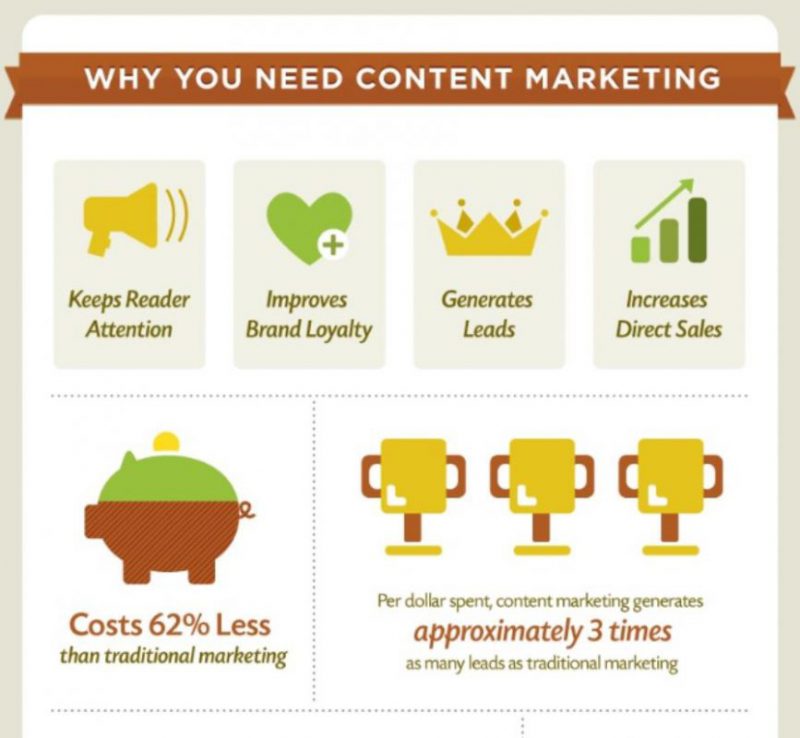
Source: https://www.demandmetric.com/content/infographic-content-marketing
In terms of return on investment (ROI), the outcome of investing in content marketing can vary depending on the size and the scope of a campaign. However, according to Demand Metric, content marketing costs 62% less than traditional marketing. Moreover, a study by Content Marketing Institute also found that content marketing converts three times more than traditional marketing and generates three times as many leads as paid search.
With content marketing’s growing popularity and recognized effectiveness, companies should definitely consider utilizing this method in their marketing campaigns.
Examples of Content Marketing
There are numerous ways to brandish content in marketing campaigns. Despite many options, a survey by Zazzle Media indicates that 60% of companies struggle to produce content consistently, and 65% find it a challenge to produce engaging content. Here are five examples to help marketers get motivated and create inspirational content marketing to win leads and sales.

Source: https://optinmonster.com/content-marketing-examples/
Blogs
Blog articles brought forth the emergence of content marketing. Brands usually use blogs to provide access to high-quality information for free. Business blogs often feature industry experts who share informative content, which not only encourages visitors to return but also turn them into potential customers. A HubSpot survey found that marketers who prioritize blogging are 13 times more likely to get a positive ROI. Additionally, producing blog articles consistently prove to be more advantageous since those who publish blog content at least 16 times a month generate more website traffic by 350% and more leads by 450% compared to companies that infrequently update their blogs.
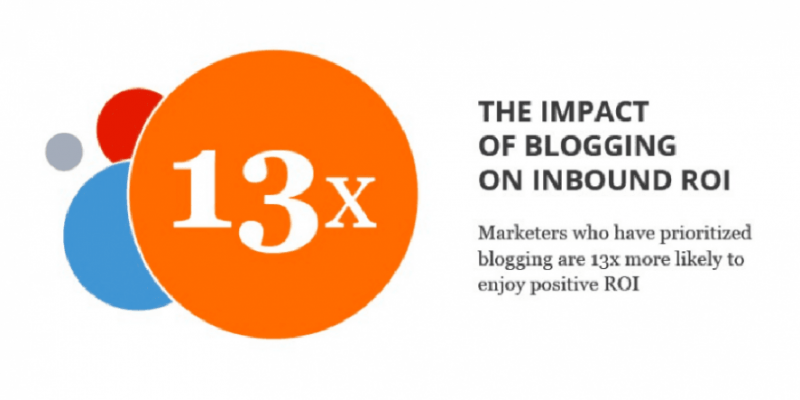
Source: https://creativecontent.company/howcanyourblogpostsgeneratepositiveroi/
One example of using blogs for content marketing is by Buffer, a social media tracking app. Buffer’s blog displays their brand’s transparency, openness, and trust by showing not only what they do, but how their readers can do it, too — providing substantial value with every post.
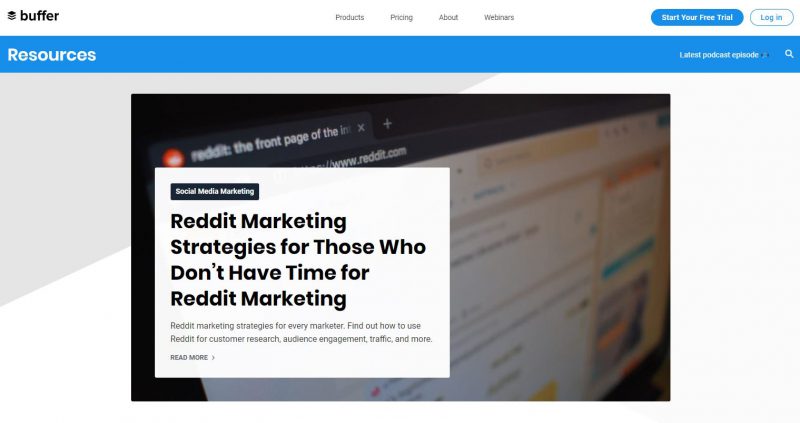
Source: https://buffer.com/resources/
Videos
Videos offer a nice change of pace and are more engaging to consumers. This medium also tends to go viral, which can bring traffic and attention to a brand. A survey by the Aberdeen Group indicates that video marketers get 66% more qualified leads per year and achieve a 54% increase in brand awareness. In addition, according to a study by Wyzowl, 89% of businesses believe that video gives them a good ROI.
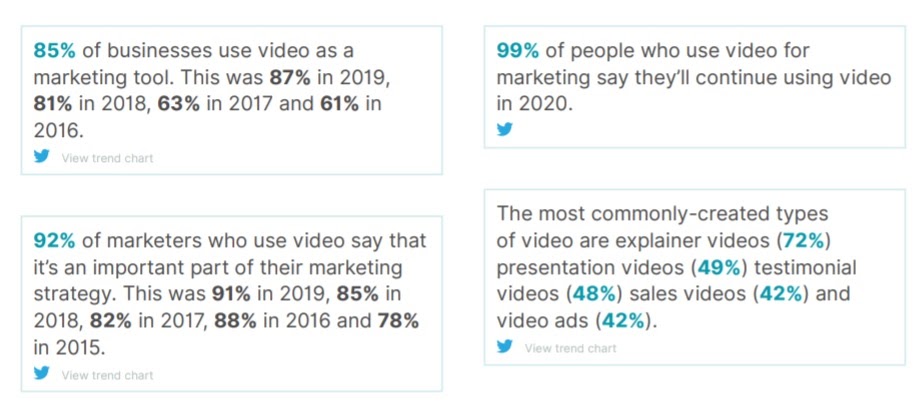
Source: https://wyzowl.s3.eu-west-2.amazonaws.com/pdfs/Wyzowl-Video-Survey-2020.pdf
Blendtec, a blender manufacturing company, has created viral videos which prove there’s no such thing as a boring industry. With their Will It Blend video series, their company was put on the map, and their sales increased by 700% in three years.

Source: https://www.youtube.com/watch?v=NpP3rrNoEqo&t=7s
Infographics
Infographics are characterized as long, vertical illustrations that contain statistics, charts, graphs, and other information. Well-made infographics can be compelling since it can be shared across social media and other websites. Infographics are an effective form of content, possibly due to the fact that 65% of people are visual learners, as indicated in a study by Avalaunch. This means that 65% of the target audience will learn and understand more about a product or service through graphs, charts, infographics, and visual guides.
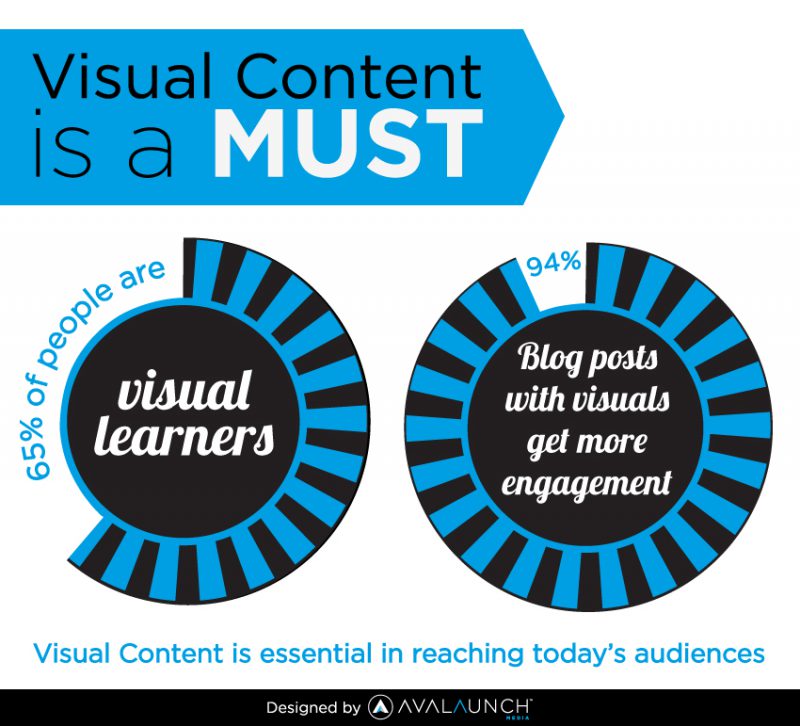
Source: https://avalaunchmedia.com/visual-content-works/
Furthermore, if an infographic contains valuable and useful information– such as statistics of Internet marketing across social media – there’s a tremendous possibility that it will generate considerable buzz online. Infographics that makes people talk about a brand are bound to drive conversions in no time.
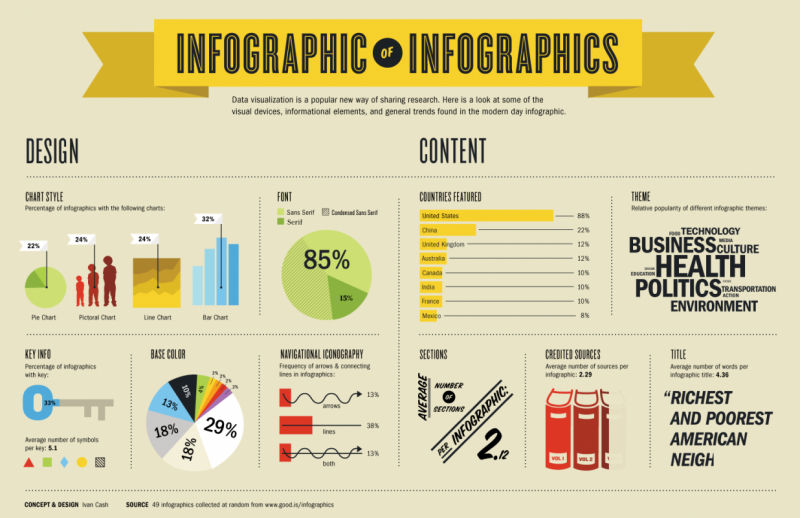
Source: http://www.ivan.cash/infographic-of-infographics
Content Marketing Trends
At present, companies are using content marketing increasingly, and many popular brands are using it to attract potential clients. It will be vital for marketers to be up to date to the latest trends to sustain their success. Here are some of the trends in content marketing that can help brands get ahead of the competition.
Personalized and interactive content
Personalized content is expected to become more widely used in the digital world due to several factors. First, Efficy CRM indicated that 78% of consumers consider personally-relevant content as a determining factor in their purchasing decision. Second, research by e-commerce consultancy company E-tailing Group found that increasing personalization can lead to a 500% increase in consumer spending. Third, technology research firm Constellation Research reports that a lack of relevance leads to an 83% decrease in engagement rates. Thus, having content that is personally relevant to the user can be hugely advantageous to a brand. Additionally, content that provides interactivity enables brands to stand out from their competitors. Interactive content also leads to enhanced engagement and encourages a sense of trust and credibility with their target audience.
For these reasons, marketers must come up with several ways to develop personalized content that allows the target audience to interact with their brand. One of the simplest ways for companies to create and deliver personalized content is to reach out to customers and engage them in a discussion on their recent experiences with their brand. Another way is through streaming live videos on platforms such as Instagram and Facebook wherein interactive content can be immediately personalized.
Influencers as an ad hoc content team
Although influencer marketing is indeed continuously becoming more popular, it is also interesting to note that many brands have started to utilize a reversed variation of the tactic. Which is, rather than collaborating with influencers to have them promote a brand on their channels, they can be invited to create content to be presented on the brand’s channel.

Source: https://www.instagram.com/p/BYYorYaHyIN/?utm_source=ig_embed
Brand channels that feature content created by influencers add some credibility to that brand in the eyes of their followers. Also, the creator of the content is likely to share it with their audience as well, which can lead to some considerable visibility for a brand. However, for collaborative content creation to be effective, the content created by influencers must be authentic and genuinely get to the heart of the value that a brand’s products or services provide to their customers.
One of the most beneficial results of collaborating with influencers to create internally-housed content is that brands can reach out to individuals from varied industries, as long as the brand caters to these audiences in some way.
Developing multimedia content with omnichannel distribution
Video is one of the most effective media in carrying out content marketing campaigns. As a matter of fact, We Are Social and Hootsuite reports that 87% of all US online users watch video content daily. Also, video traffic is expected to account for 82% of all consumer internet traffic in 2019. Among the video content being released, those that are around two minutes in length produce the highest levels of engagement.

Source: https://www.impactbnd.com/blog/video-content-the-importance-of-video-marketing
However, despite the popularity of video, multimedia content is quickly becoming a necessity. Although consumption of audio content isn’t as enormous as video, it has been growing as a trend over recent years. A study by Edison Research indicates that 32% of Americans listen to podcasts monthly. In addition, the report also found that Americans who listen to podcasts on a weekly basis in 2020 are higher with 24% compared to 2019’s 22%
Omnichannel marketing can prove to be an effective content marketing strategy since 90% of multiple device owners switch between screens to complete tasks, using an average of three different combinations over the course of a given day according to a study by Google. Moreover, a survey conducted by A indicates that companies that use omnichannel strategies report a 91% year-over-year increase in retention rate over those that do not.
Summary
Content Marketing is a unique strategy in which businesses can reach consumers and spread brand awareness. Companies can reach out to their consumers by creating valuable and relevant content. Content marketing can come in different forms, which includes blogs, videos, and infographics. Because of continuous changes in digital consumer behavior, content marketing is endlessly evolving to adjust to the audience. Hence, there are new changes and many trends that marketers can utilize to distinguish their brands. These trends include personalized and interactive content, influencers as an ad hoc content team, and developing multimedia content with omnichannel distribution.
Content marketing can be a useful strategy to get potential customers more interested in your brand. Learn more about Content Marketing by contacting us at Info Cubic Japan today.
Featured Photo by rawpixel.com on Pexels

